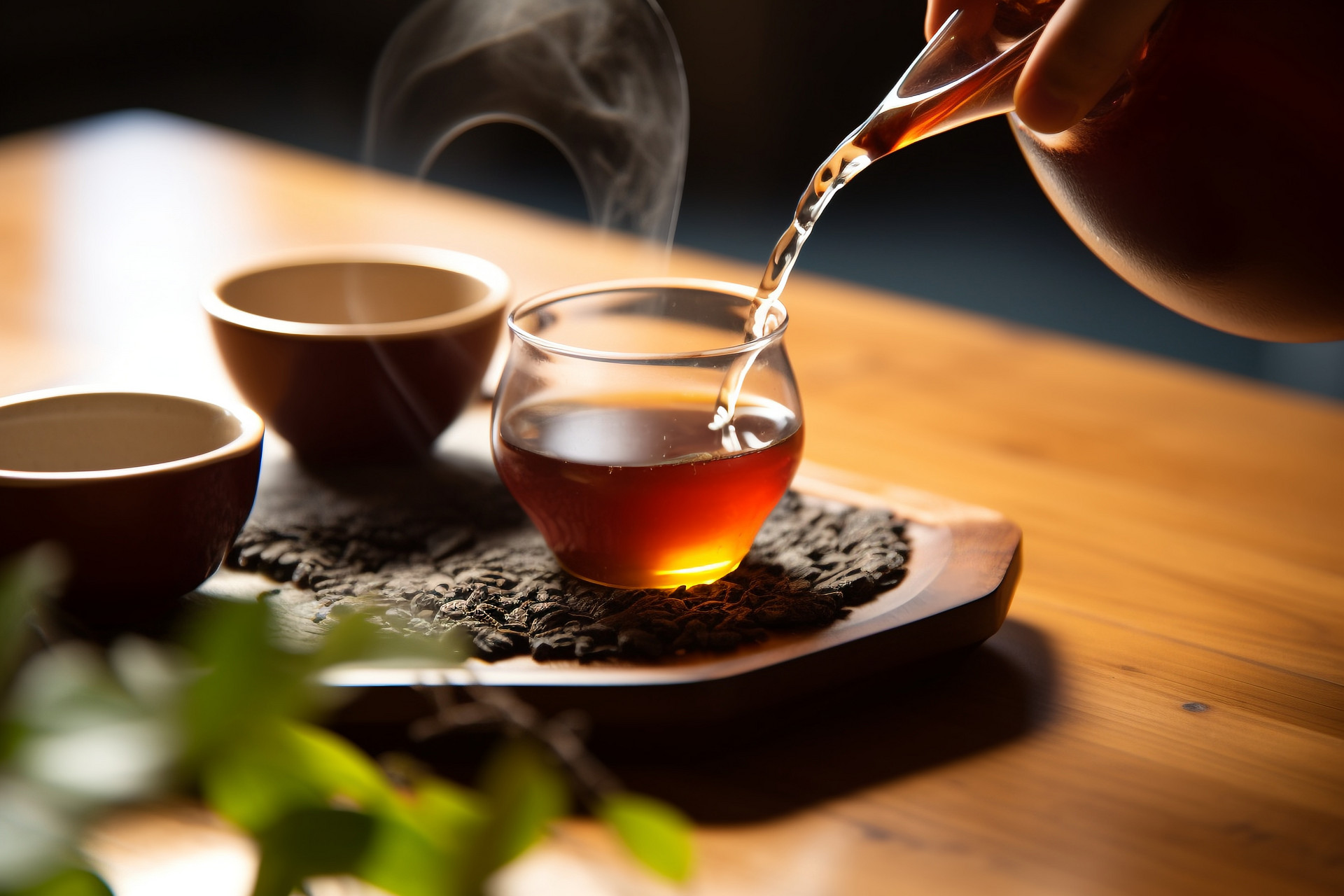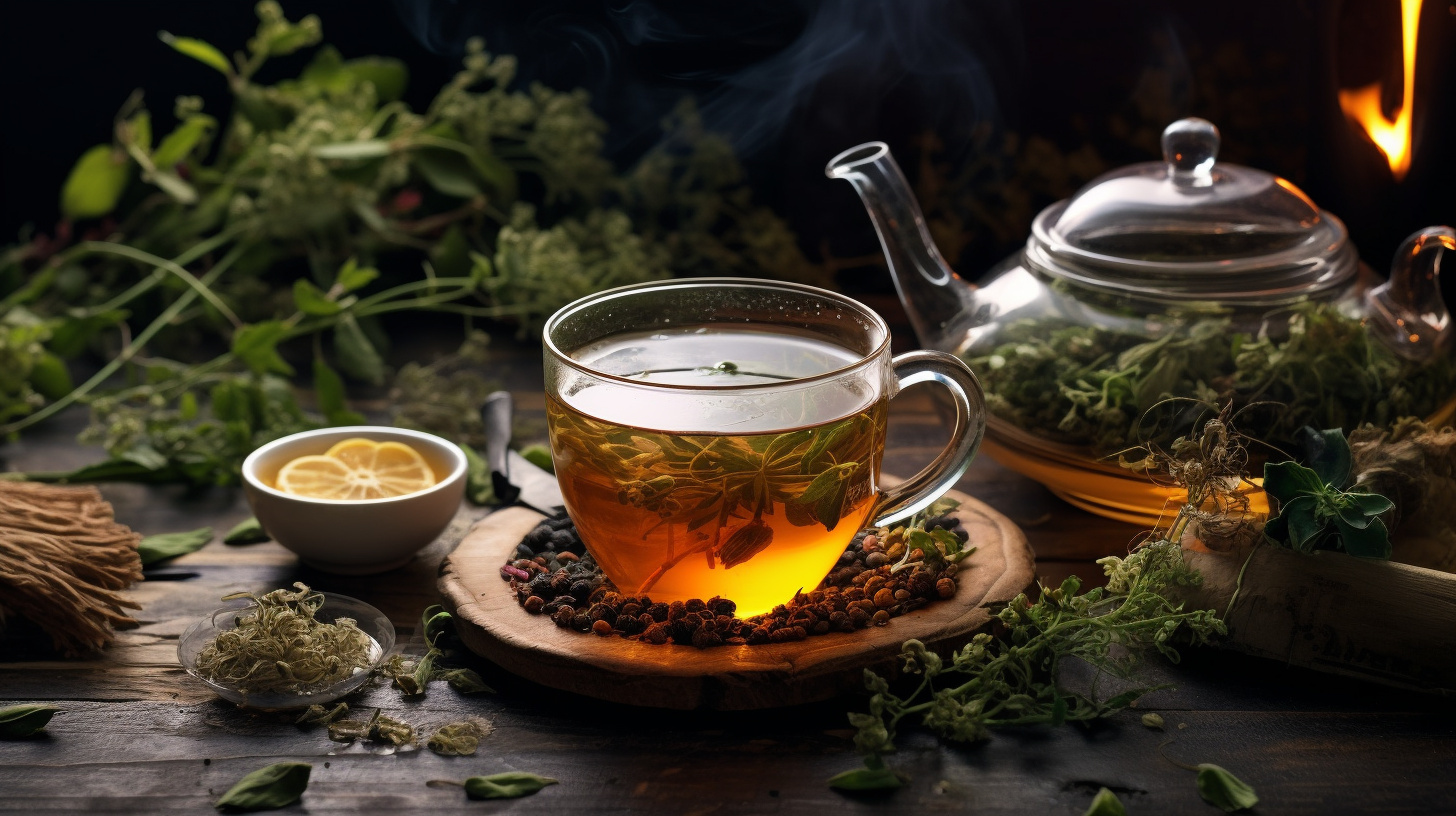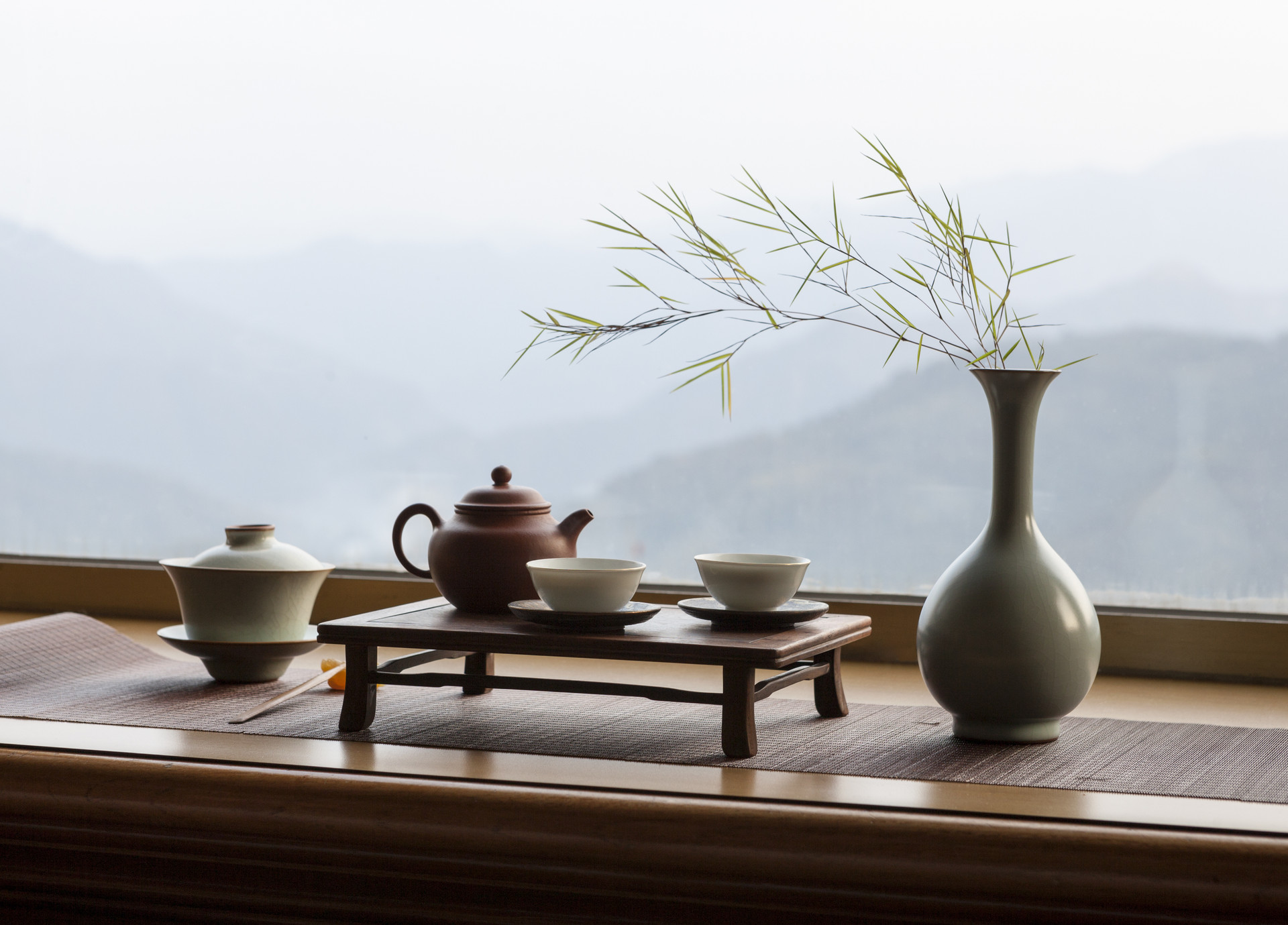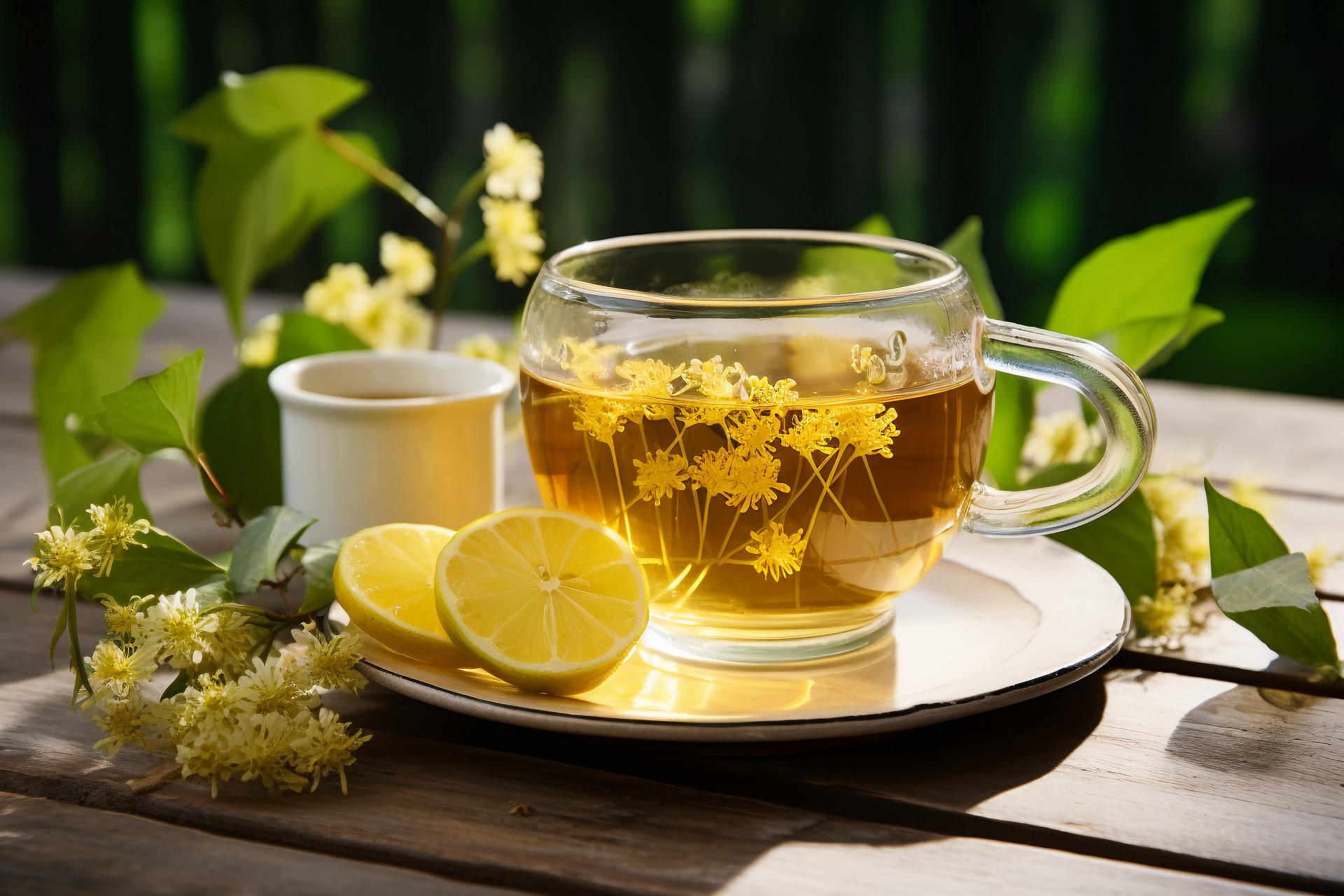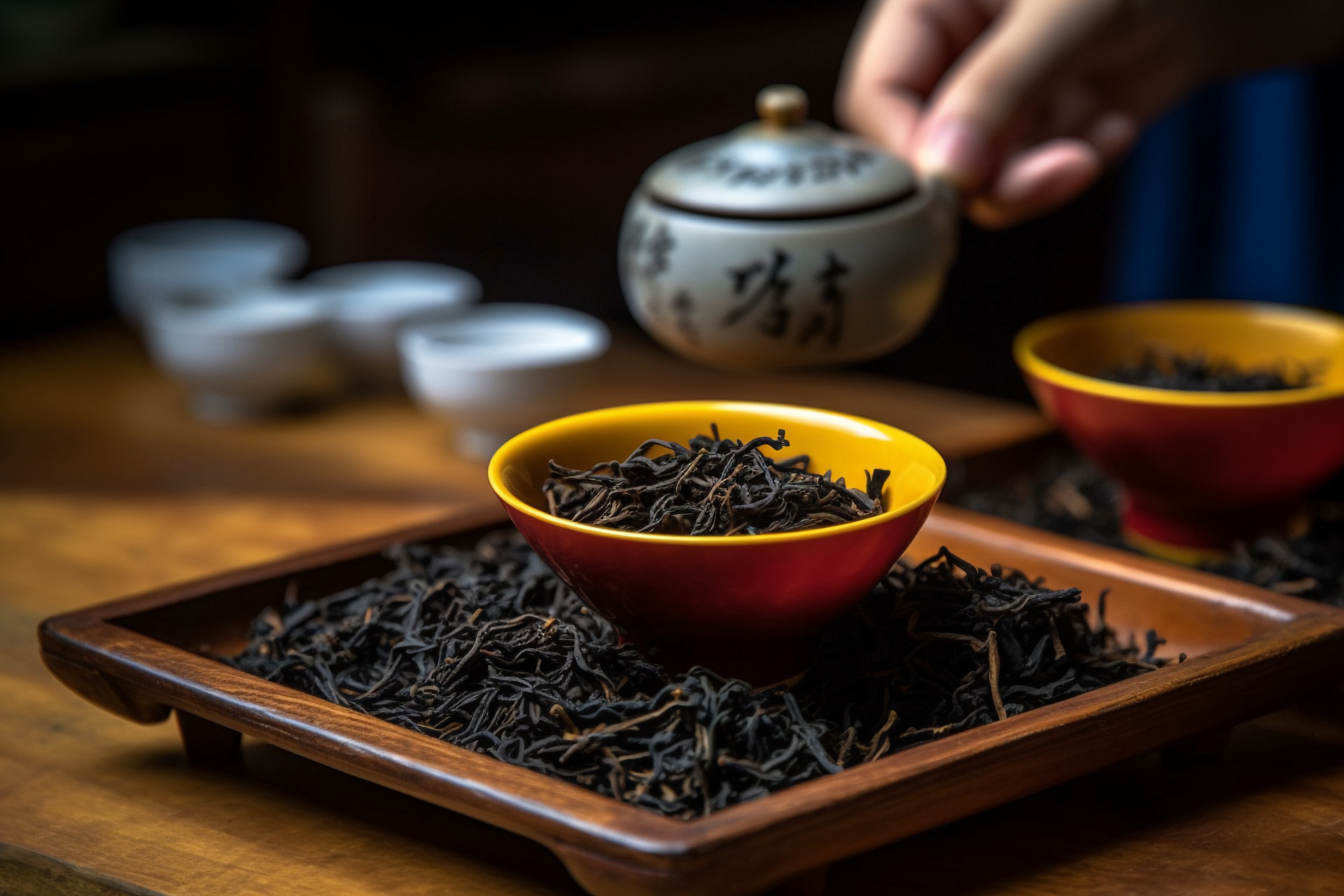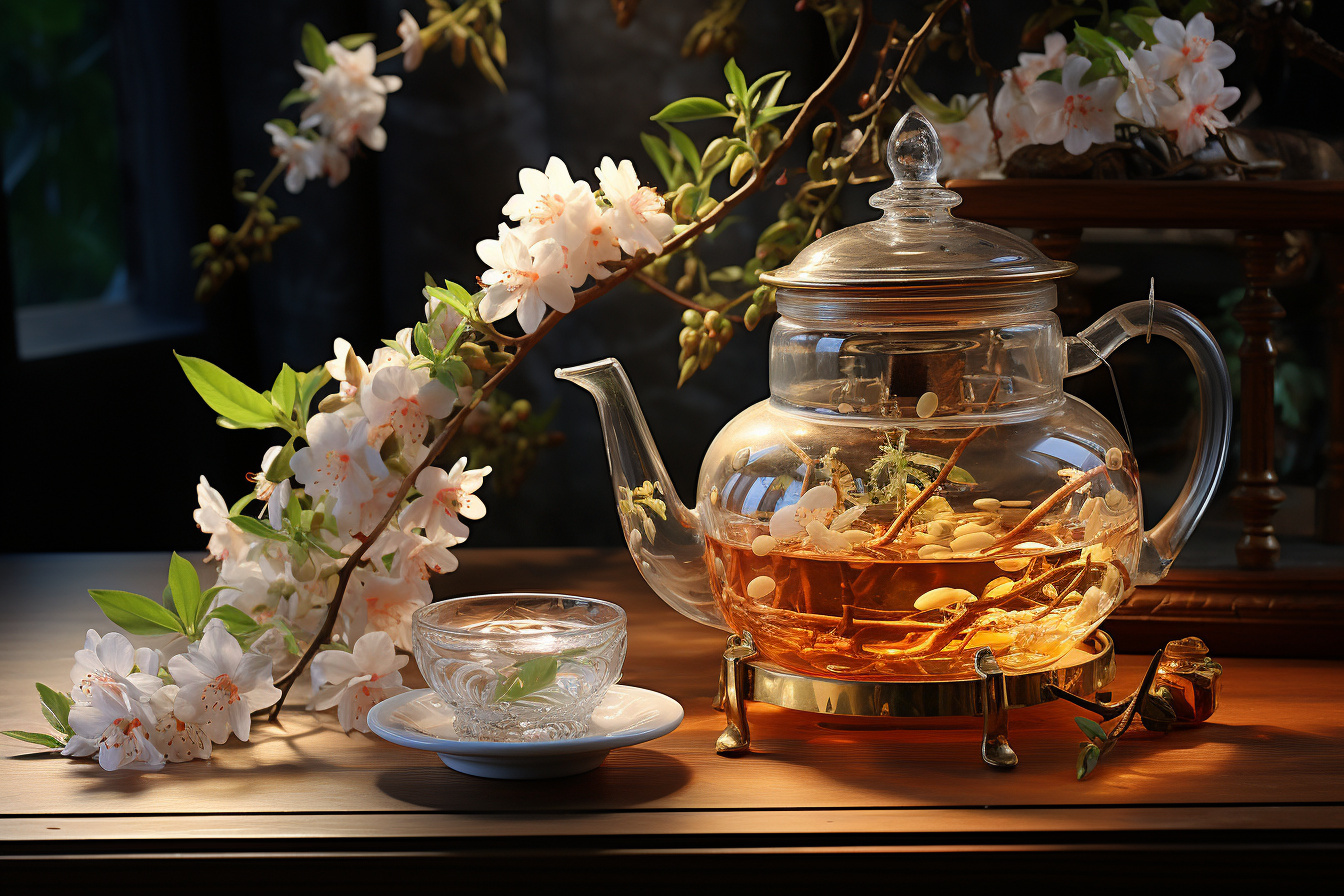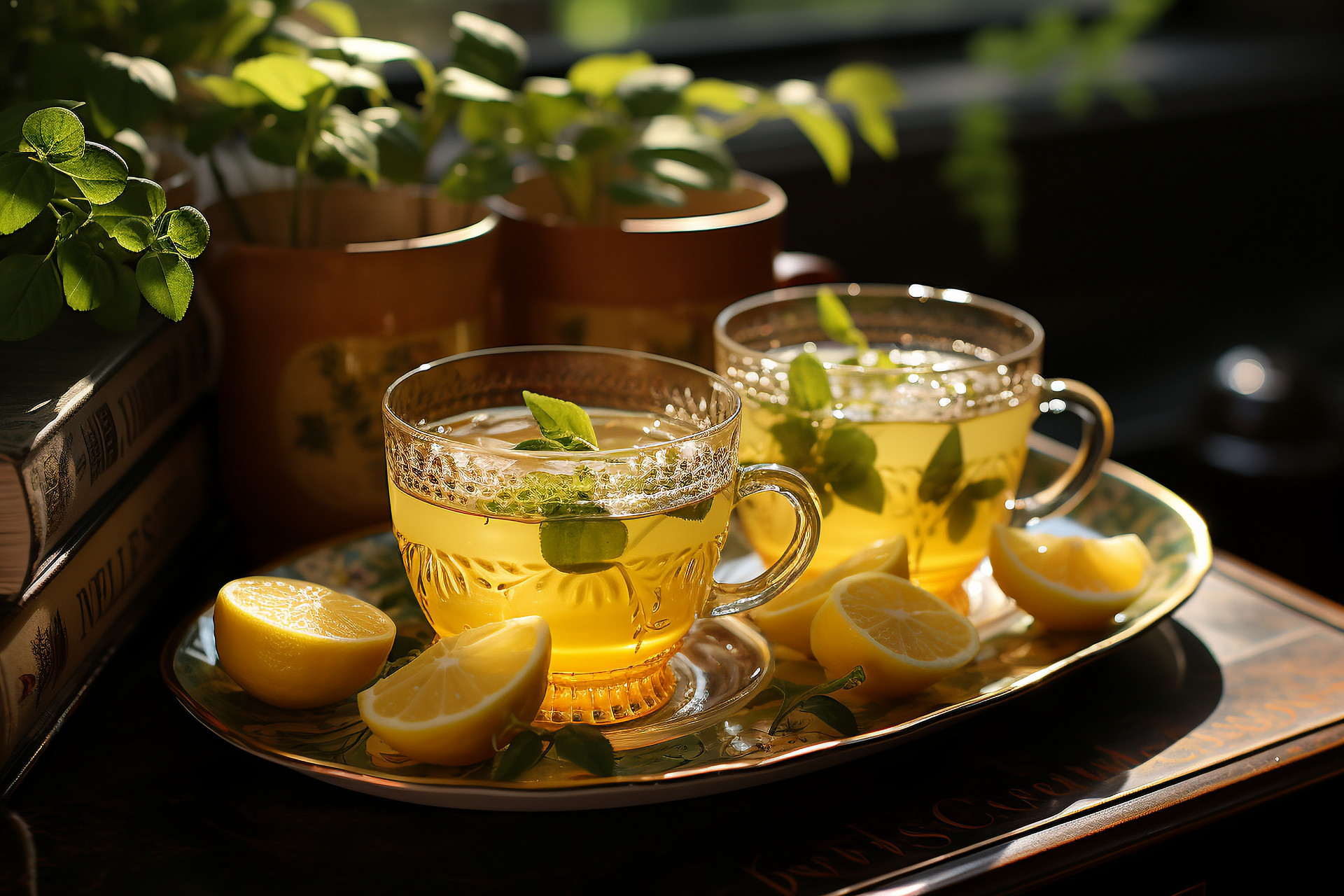What Kind of Tea is Good for Lowering Blood Pressure
Hypertension refers to the clinical syndrome characterized by increased arterial blood pressure (systolic blood pressure ≥140 mmHg and/or diastolic blood pressure ≥90 mmHg), which can be accompanied by functional or organic damage to organs such as the heart, brain, and kidneys. Hypertension is the most common chronic disease and the main risk factor for cardiovascular and cerebrovascular diseases. The blood pressure of normal individuals fluctuates within a certain range with changes in internal and external environments. In the overall population, blood pressure levels gradually increase with age, with a more significant increase in systolic blood pressure. However, after the age of 50, diastolic blood pressure shows a downward trend, and pulse pressure increases accordingly.
In recent years, the understanding of the role of multiple risk factors for cardiovascular diseases and the protection of target organs such as the heart, brain, and kidneys has been deepening. The diagnostic criteria for hypertension have also been continuously adjusted. It is now believed that patients with the same blood pressure levels have different risks of developing cardiovascular diseases. Therefore, the concept of blood pressure stratification has emerged, which means that patients with different risks of developing cardiovascular diseases should have different target blood pressure levels.
Blood pressure values and risk factor assessment are the main basis for diagnosing and formulating treatment plans for hypertension. Different patients have different goals for hypertension management. Based on the reference standards, doctors should determine the most suitable blood pressure range for each patient according to their specific conditions and adopt targeted treatment measures. In addition to improving lifestyle, it is recommended to use long-acting antihypertensive drugs to control blood pressure for 24 hours. In addition to assessing office blood pressure, patients should also pay attention to monitoring and managing morning blood pressure at home to control blood pressure and reduce the incidence of cardiovascular and cerebrovascular events. Since hypertension is so dangerous to the human body, what kind of tea should be consumed to lower blood pressure.
What Kind of Tea is Good for Lowering Blood Pressure
Senna Seed Tea
Drink 15-20 grams of senna seeds soaked in water several times a day to treat hypertension, dizziness, blurred vision, and other symptoms.
Senna Seed and Chrysanthemum Tea
Take 5 grams of senna seeds and 5 grams of chrysanthemum flowers. After washing the chrysanthemum flowers, set them aside. Wash the senna seeds and stir-fry them until slightly swollen, then crush them. Wrap them in gauze, boil them, and then pour them into the chrysanthemum flowers for a few minutes. Drink the tea and then add water to brew until tasteless. Regular consumption has the effects of lowering blood lipids, clearing heat, and calming the liver.
Lotus Seed Heart Tea
Use 12 grams of lotus seed hearts, brew with boiling water and drink as tea. Drink once in the morning and evening. Besides lowering blood pressure, it also calms the mind and strengthens the heart.
Fo-ti Tea
Take 20-30 grams of Fo-ti, boil in water for 30 minutes, and drink as tea after it cools down. Take one dose per day. It has the effect of lowering blood pressure and reducing blood clot formation.
Sophora Flower Tea
After drying the flower buds of the sophora tree, soak them in boiling water and drink as tea several times a day. It has a unique therapeutic effect on patients with hypertension.
Chrysanthemum Green Tea
Take 10 grams of Hang Chrysanthemum flowers and 3 grams of green tea, brew with boiling water. Chrysanthemum clears the liver and improves vision, while tea enhances blood vessel elasticity and reduces cholesterol. Long-term consumption has good effects on preventing and treating hyperlipidemia and arteriosclerosis.
What Kind of Tea is Good for Lowering Blood Pressure, What are the Best Teas for Lowering Blood Pressure
Orange Peel Tea
According to traditional Chinese medicine, orange peel has a pungent and bitter taste and a warm nature. It has the effects of regulating qi, invigorating the middle, and drying dampness and resolving phlegm. Modern pharmacological studies have confirmed that orange peel contains hesperidin, which has the effect of lowering blood lipids. It is suitable for patients with phlegm accumulation and obesity. You can brew an appropriate amount of orange peel with boiling water, cover it and let it steep for 10 minutes, then drink it as tea. You can also take 10 grams of orange peel and 20 grams of hawthorn, put them in a pot, add an appropriate amount of water, boil for 20 minutes, remove the residue, and drink the juice as tea.
Hawthorn Tea
The components contained in hawthorn can dilate blood vessels and lower blood pressure. You can brew 1-2 fresh and tender hawthorn fruits with tea and drink it several times a day.
Corn Silk Tea
Brew and drink corn silk tea several times a day, 25-30 grams each time. It has a very good effect on lowering blood pressure.
Prunella Tea
Wash prunella and plantain thoroughly, put them in a teapot, pour boiling water and brew, and drink the tea. You can drink it at any time. It has the functions of clearing heat, calming the liver, diuresis, and lowering blood pressure. It is suitable for patients with hypertension, headaches, dizziness, and other symptoms. During the consumption, blood pressure should be measured frequently to avoid dizziness caused by relatively low blood pressure.
Oil-Cutting Tea
1.5 qian of perilla leaves, 1.5 qian of tangerine peel, 1.5 qian of radish seeds, and 1.5 qian of hawthorn. Put all the ingredients in water and boil for a few minutes. Alternatively, steep them in boiling water for 10 minutes before drinking. Hawthorn is slightly warm and has a sour and sweet taste. It enters the spleen, stomach, and liver meridians and has the functions of aiding digestion, lowering blood lipids, and promoting fat decomposition. Radish seeds and perilla leaves can increase gastrointestinal peristalsis. Tangerine peel can eliminate gastrointestinal flatulence, help secretion of digestive juices, and reduce cholesterol.


![[The Risks of Eating Hawthorn During Pregnancy]](https://tcmmaintenance.com/uploads/20240715/97742b67f97f94c495ae1389337c5c41.jpg)
